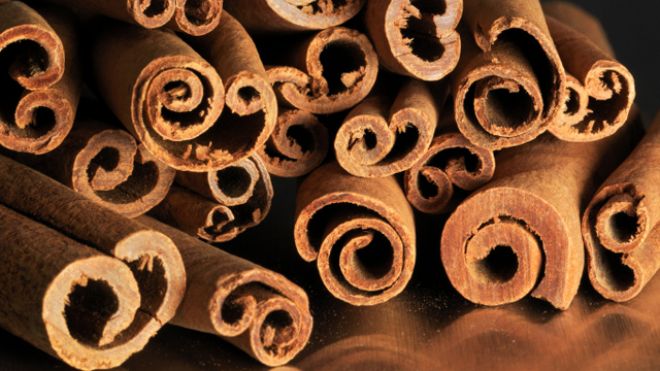
One of the most recognizable aromas is cinnamon. If you think of it is the only spice with pepper that has food named out of it, cinnamon rolls, Cinnamon Toast Crunch (cereals by General Mils), cinnamon swirl cake, apple cinnamon cake and so on… It is the only spice that has its aroma extracted and commercialized for room fragrant. It is also a spice that is very closely bonded to holidays. How many can imagine Christmas and Thanksgiving without cinnamon? Not many… I know. Not to mention all this cinnamon flavored gums. But have you ever wondered what makes cinnamon… well cinnamon? Before we get started with hard science stuff let ‘s see where cinnamon is coming from. Well cinnamon is native to Sri Lanka and the best cinnamon is still produced there. However the first reference to cinnamon was in the ancient China. A big difference between cinnamon and other spices that in cinnamon the flavor is not coming from the seed of a plant, but thin layers shaved of the bark of a small laurel-like tree; the (what else) cinnamon tree. The shaves are usually rolled to quills. There are two types of cinnamon you can find, the actual bark (actual skin) and thin layers that come out of the branch after the skin has been removed (picture above).
In the market are available different lengths of cinnamon rolls, ranging from 3/4″ to 2-3 ft long. The small are actually good sizes for cooking. The long one can be used for decoration and fragrance… you unless you have BIG plans for them! A big mistake and misconception happens when you buy cinnamon. Yes because you are not actually buying cinnamon. Unless you are in a specialty store chances are that you are buying cassia. Cassia is a very similar spice to cinnamon regarding the shape, the harvesting method and procedures and the aroma. All the “cinnamon” sold in United States is actually cassia and not cinnamon. The reason is basically the prices which is lower for cassia. It is easier to import in the USA, cassia than cinnamon. But this is another story that the big financial heads of this country will answer one day (they will also say why we call the cinnamon rolls, cinnamon rolls and not cassia rolls). Cassia bark is darker, thicker and coarser, and the corky outer bark is often left on. The outer surface is rough and grayish brown, the inside bark is smoother and reddish-brown. Cassia being less costly than cinnamon is often sold ground as cinnamon. When buying as sticks, cinnamon rolls into a single quill while cassia is rolled from both sides toward the centre so that they end up resembling scrolls. This, however, is not always the case since the scrolls can break into two squills. The most definite way to distinguish them is by the thickness. Cassia is about an 1/16″ thick while cinnamon is less than 1/32″ thick.
Chemically cinnamon (and cassia) has three very important ingredients the cinnamic acid, cinnamaldehyde and eugenol. The first one gives the kick, the spice, the heat to cinnamon. The other two are responsible for the aroma. And that brings us to the actual difference between cassia and cinnamon. Cassia and cinnamon contain maximum 4% of those groups but in cinnamon the eugenol is about 65% to 75% where in cassia is up to 90%. And is this good? Yes it is. Cassia can tolerate the heat better than actual cinnamon since it contains more eugenol and therefore it will have more left after the cooking is done. So what to choose? Well is not really any big dramatic difference. Cinnamon has a sweeter aroma and less spice compared to cassia. But yet again the that ‘s when you compare Ceylon cinnamon to Vietnamese cassia. Confused again? Remember this: If there was a huge difference then the spice isles in the local mega mart would have cinnamon and cassia in separate containers but they don’t. So sleep easy with no worries. Use whatever you find. If it is cinnamon however use a little more to increase the kick and add more fragrant. But then again that s on your taste, right? Just try to find one type of cinnamon (or cassia). My personal favorite is Vietnamese cinnamon (cassia actually…) because is sweeter and more spicy. But then that ‘s me. I also have Chinese cinnamon (cassia) in sticks (I cannot find Vietnamese cinnamon, I mean cassia, in sticks). What to get quills or powder? Well I would say both. See quills are good to cook with since you add them, you flavor the food and you remove them. Are good for stews, ground meat and for the cavity of the Thanksgiving turkey. But unless you have an industrial size grinder that can achieve a fine grinding buy yourself powder cinnamon (I mean cassia… oh whatever). The last thing you need when you eat cinnamon (cassia) rolls is to bite on a large piece of woody cinnamon. So get both. You can keep them in an airtight container for about 3-4 months the powder and about 6 months the quill. You probably want a recipe with cinnamon? Well see the entry about the 3C coffee. No you want more? Ok… You got it. See cinnamon is a unique spice that needs no dressing up. My favorite cinnamon recipe is the chai tea. Again as most of the beverage I prepare the recipe yields for 2 cups or 16 oz or 480 ml. Chai is a spicy sweet tea originated in India. There is not standardized recipe for chai since from region to region varies. For the record the word chai is the hindu word for tea (also used in greek and turkish). Back to the recipe now. The software is:
- 2 1/2 cups of water (about 1/2 will evaporate)
- 2 cinnamon sticks (3 inches long)
- 2 Star anises pieces
- 2 Cardamom pods
- 1 tbsp of whole glove
- 1 tbsp sugar
- 1/2 tsp all spice
- 1 tbsp assam tea or any other black tea with very mild fragrant (not early grey tea for instance)
The hardware:
A pot to fit the ingredients. Prefer one with small opening to slow down the evaporation. The slower evaporation will increase the heating time and thus we get more infusion.
Put the water, the spices and the sugar over medium heat and bring to a boil let it there for 10 minutes or until the color of the liquid becomes brownish… sort of the color of a light tea. Remove form heat and let the temperature drops to about 70 oC. At this point add the tea and depending on the type tea you have to remove it quickly so the beverage would not become astringent (specially true with assam tea!!!). You can add cream or milk but I prefer it simple. It i nicely served with a cinnamon stick (or cassia stick… I bet that by now you should now that) for stirring and the a star anise floating around with a slice of orange, hot or cold. A nice beverage for nice people.
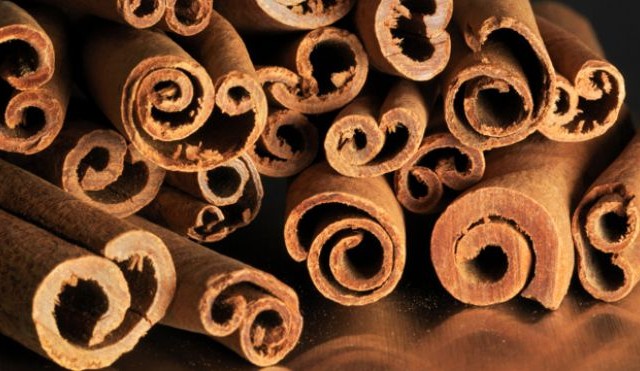
A traditional indian tea. Straight from the continent that knows spices more than anyone else.
Ingredients
-
2 1/2 cups of water
-
2 cinnamon sticks
-
2 Star anises pieces
-
2 Cardamom pods
-
1 tbsp of whole clove
-
1 tbsp sugar
-
1/2 tsp all spice
-
1 tbsp black tea like assam or any other tea with very mild fragrant
Directions
- Add all the ingredients except the tea with the water in a pot.
- Bring to boil and lee it there for 15 mins.
- Let the temperature to drop to 70C.
- Let it for 3-4 mins or until it get to the strength you want.
- Serve with a cinnamon stick and a slice of orange.
Tips
- Dare and play around with the spices.
[/expand]
Photograph from FoxNews


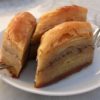
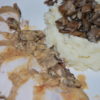

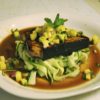
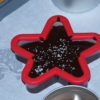
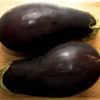

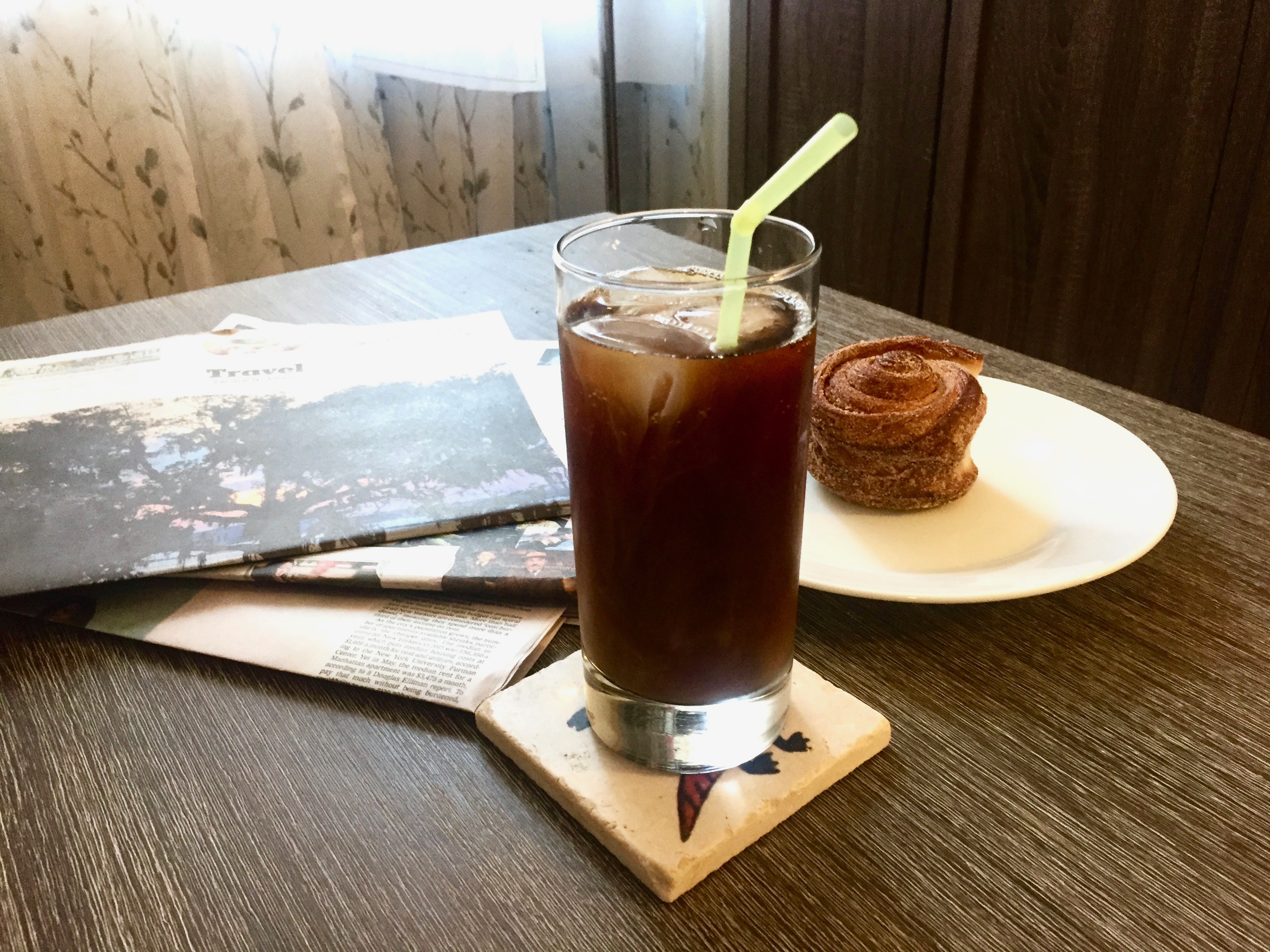
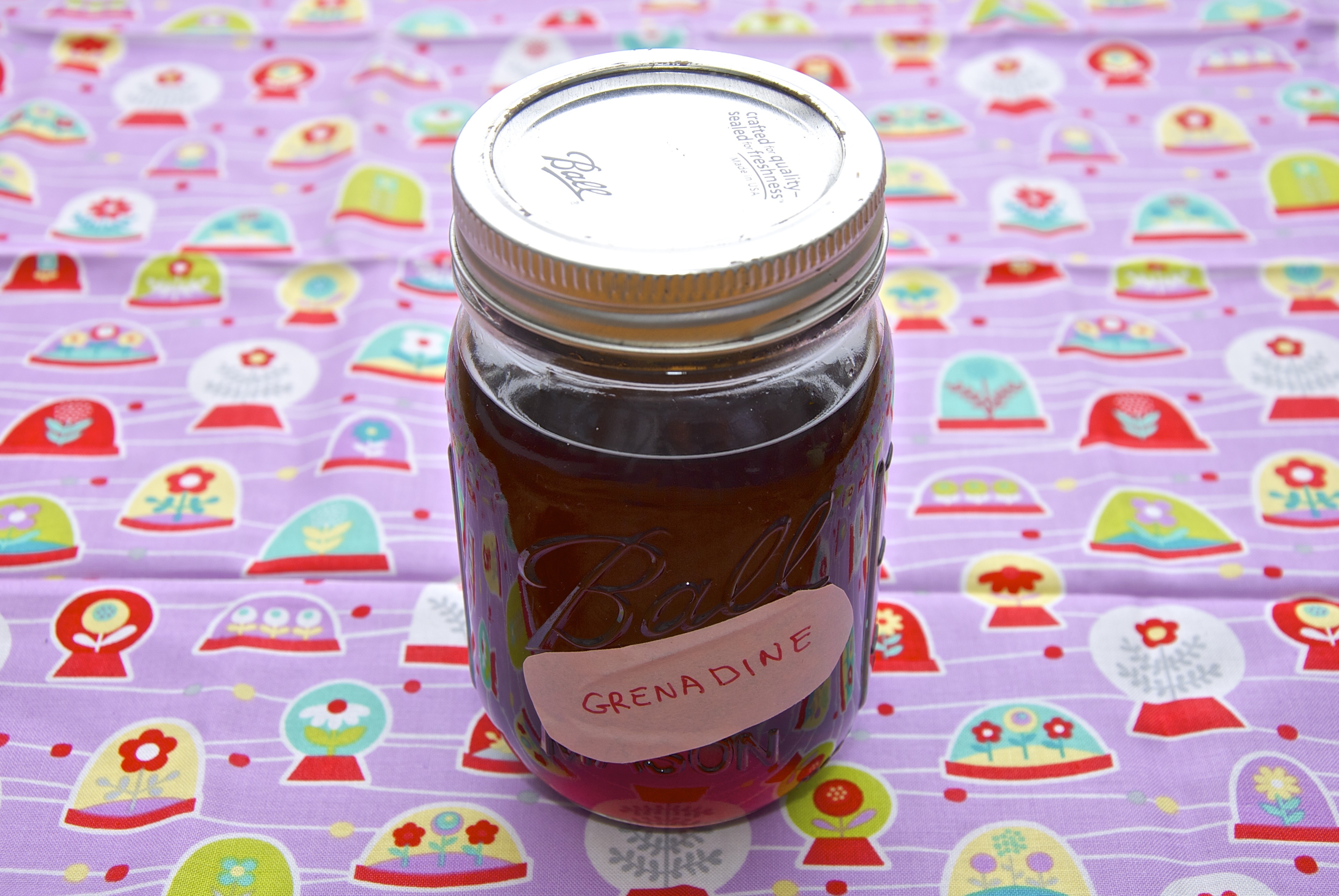
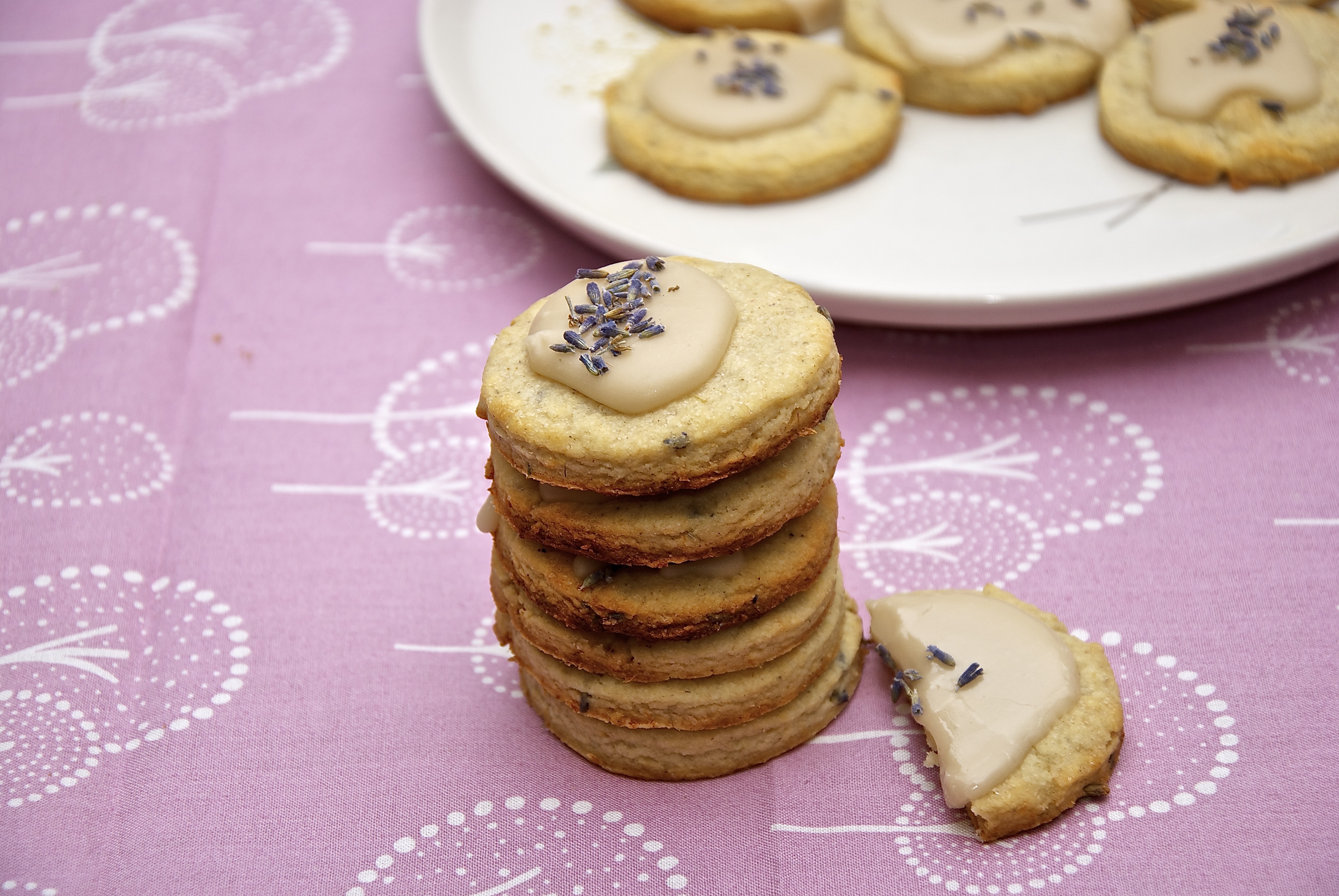
Leave a Reply